Key Takeaways:
- Italy strengthens crypto regulations to close compliance gaps.
- US & EU crypto rules divergeˏ raising concerns & risks.
- Crypto initiatives by major tech firms could threaten existing financial institutions.
Introduction: Italy’s Vigilant Watch on the Crypto Horizon
As digitalization is persistently changing the worldwide economic landscape, Italy is intensifying its efforts to monitor and regulate the cryptocurrency market. The Banca d’Italia (Bank of Italy) and the Commissione Nazionale per le Società e la Borsa (Consob), Italy’s securities regulator, are deeply engaged with crypto businesses. This increased regulation is part of a broader effort to mitigate regulatory risks, ensure compliance, and adapt to rapid changes in the industry.
This heightened vigilance comes amid increasing regulatory divergence between the European Union (EU) and the United States (US). This creates some risks and incentives for crypto firms across borders, prompting Italy to keep an eye on the selective unfolding of the directive. Hence, the far-sighted stance of Italy becomes even more pivotal. First, let’s dissect the concerns that are underpinning this push toward regulation and the differing approaches by the two jurisdictions, and then let’s talk about the bigger aspects that are also a top of concern: the stability of the financial system, cybersecurity, and the disruptive impact of Big Tech companies in the financial sector.
The Heart of the Matter: What Risks Are at Play?
Fabio Panetta, the Governor of the Bank of Italy, was the keynote speaker at the 31st Assiom Forex Congress. Addressing the evolving crypto assets, digital finance, and cybersecurity issues, the Governor has focused on those areas that are mostly of concern nowadays. In the framework of worldwide as well as European norms, Panetta revealed that the sustainability of the crypto ecosystem is under intense review especially concerning the possibility of the failure in prevention of money laundering as well as the potential of financial markets destabilizing.

Governor of the Bank of Italy – Fabio Panetta. Source: European Central Bank
The decentralized and innovative nature of most cryptocurrencies presents challenges, as some can also be exploited for illegal activities. For example, Bitcoin transactions are pseudonymous which makes it difficult to find the beginning and end of the transaction.
A Tale of Two Continents: The US Vs. EU Regulatory Landscape
One of Panetta’s key points was the growing divergence between EU and US regulatory approaches. With MiCA, the EU has taken a significant step toward establishing a unified and balanced regulatory framework for crypto assets. The main objective of the legal framework is to foster innovation while protecting investors and ensuring financial stability.
Nonetheless, the United States has taken a more cautious approach to crypto regulation than the European Union, relying on the classification of digital assets as securities. The SEC’s lawsuit against Ripple Labs, accusing it of failing to register securities, highlights the complexity and legal risks of the US approach.
If Trump’s Executive Order is considered a step toward financial technology integration, it may suggest that the US is moving toward incorporating crypto assets into its financial system. However, the Biden administration is yet to clarify their approach.
Panetta, recognized that “These regulatory divergences between the United States and Europe will need to be carefully assessed, once the US authorities’ position becomes clearer, in order to understand their international implications.” However, the lack of regulatory uniformity in the US creates uncertainty, potentially driving innovation and companies abroad. This will leave the American consumers unprotected from unregulated entities scams.
More News: MiCA Regulation: A New Dawn or a Dark Cloud for Europe’s Crypto Market?
The Big Picture: A Comparison of Regulatory Approaches
To represent the primary differences in regulatory approaches, here is a comparison of the EU and US:
| Criteria | United States (US) | European Union (EU) |
| Overall Approach | Case-by-Case: Relies on existing securities laws. | Comprehensive: MiCA regulation provides specific rules. |
| Regulatory Goals | Investor protection (if classified as security), AML/KYC. | Investor protection, financial stability, innovation, AML/KYC. |
| Regulatory Uniformity | Fragmented, varying across states and agencies. | Uniform across the EU member states. |
| Potential Loopholes | Higher risk due to ambiguity. | Lower, but needs continuous monitoring. |
| Global Influence | May have influence, but lacks strong international coordination. | Aims to set a global standard, encourages collaboration. |
Partnership for Protection: Bank of Italy and Consob Team Up
As part of its ongoing efforts to fortify the financial system integrity and protect investors, Panetta made public the new solid cooperation between the Bank of Italy and Consob. This initiative aims to establish a system of controls for monitoring compliance and risk management in the digital asset sector, particularly in high-risk areas like cryptocurrency. This is besides the ubiquitous risk of money laundering and evasion of international sanctions.
The coordinated effort of these two powerful Italian regulatory bodies reflects the recognition that dealing with the complex and rapidly changing crypto market necessitates a multifaceted approach. Through the integration of their skills and assets, the Bank of Italy and Consob are in a better position to electronically assess, track, and address potential hazards as they occur, thus ensuring that the regulations are both robust and flexible to match the dynamic landscape.
Big Tech’s Ambitions: A Threat to Traditional Banking?
Moreover, the Bank of Italy and Consob are concerned about the growing liquidity risks linked to online mobile money when online users are adopting online platforms for their deposit and withdrawal transactions. To address these mounting concerns, both entities have initiated dialogues with crypto service providers who are actively seeking to establish a presence and operate within Italy.
Panetta issued a strong warning that the growing adoption of digital currencies by Big Tech could undermine the role of traditional banks. He said: “Commercial banks risk losing a significant part of their operations,” highlighting the urgency of a crisis that requires a swift and unified global response to mitigate potential risks.
If tech giants like Meta or Amazon were to launch widely adopted digital currencies, it could disrupt traditional banking, reduce banks’ lending capacity, and destabilize global financial systems.
Italy’s Step Toward MiCA Framework
Italy has already taken measures to bolster its oversight of cryptocurrency markets in line with the MiCA regulatory framework. These moves target the strengthening of supervision of the markets, the elimination of insider trading, and the reduction of artificial increases in the value of the digital tokens.
In the new decree, the officials mentioned several measures to manage the potential dangers associated with cryptocurrencies. The new regulations impose fines ranging from $5,400 to $5.4 million for offenses such as insider trading, market manipulation, and unauthorized disclosure of confidential information.
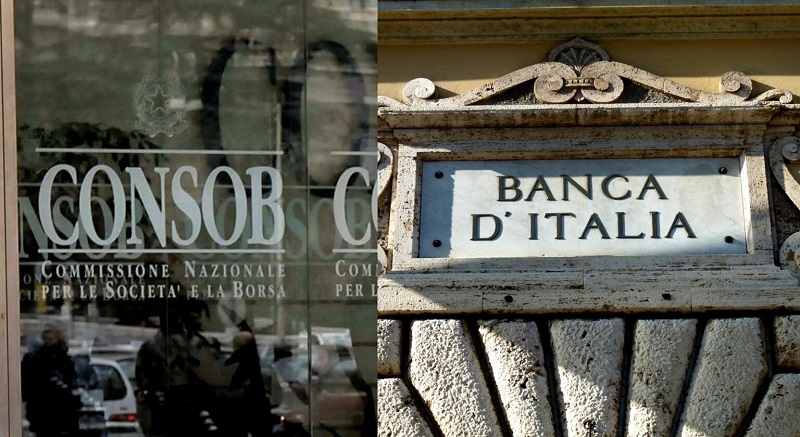
Bank of Italy (Banca d´Italia) and the Commissione Nazionale per le Società e la Borsa (Consob). Source: Informazione Senzafiltro
Overview of Regulatory Considerations for Italy
| Issue | Details |
| Italy´s Objectives | Ensuring regulatory safetyˏ mitigating financial and cybersecurity risks in the crypto sector. |
| EU – US Differences | The EU has MiCA (a comprehensive regulatory framework)ˏ while the US follows a case-by-case approachˏ creating potential loopholes. |
| Banca d´Italia – Consob Collaboration | Ensuring crypto companies have adequate safeguards against money laundering and risk. |
| Big Tech Threat | Large tech companies issuing cryptocurrencies could threaten the position of traditional banks. |
As the digital currency landscape evolves, regulators must remain proactiveˏ adaptableˏ and collaborative. While Italy´s way of dealing with the issue has come under criticism, still it can be considered as a step in the right direction.
The post Italy Tightens Oversight of Cryptocurrencies: Protecting Markets or Limiting Innovation? appeared first on CryptoNinjas.

You can get bonuses upto $100 FREE BONUS when you:
💰 Install these recommended apps:
💲 SocialGood - 100% Crypto Back on Everyday Shopping
💲 xPortal - The DeFi For The Next Billion
💲 CryptoTab Browser - Lightweight, fast, and ready to mine!
💰 Register on these recommended exchanges:
🟡 Binance🟡 Bitfinex🟡 Bitmart🟡 Bittrex🟡 Bitget
🟡 CoinEx🟡 Crypto.com🟡 Gate.io🟡 Huobi🟡 Kucoin.



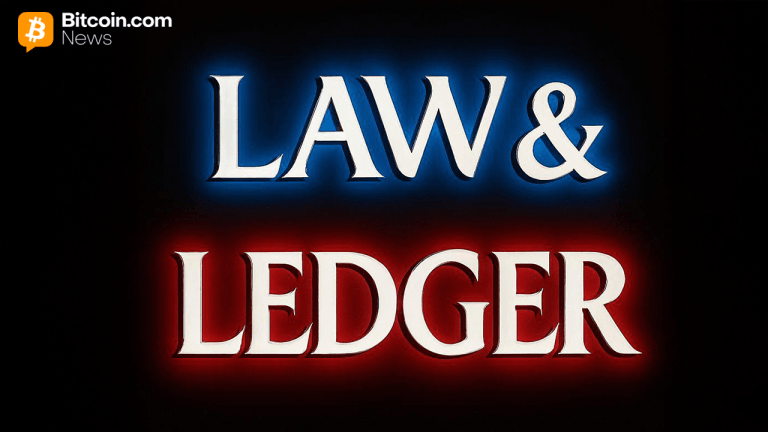



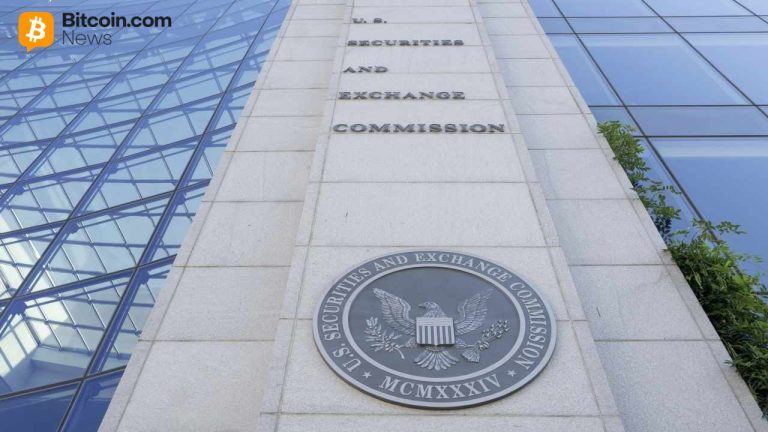



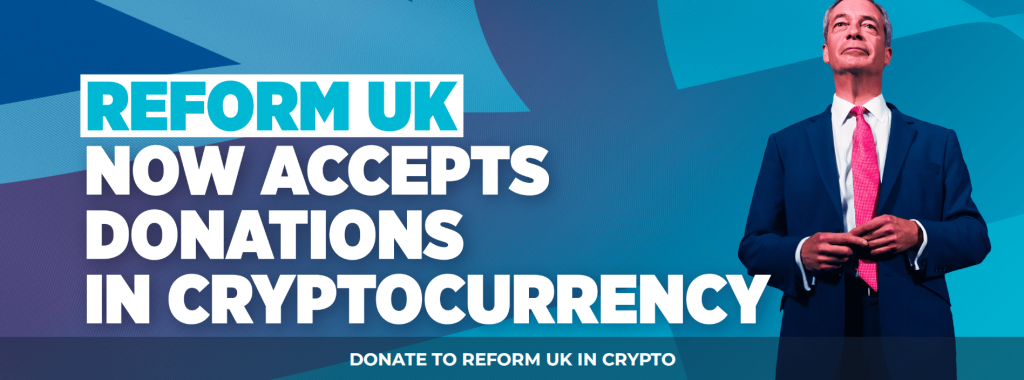





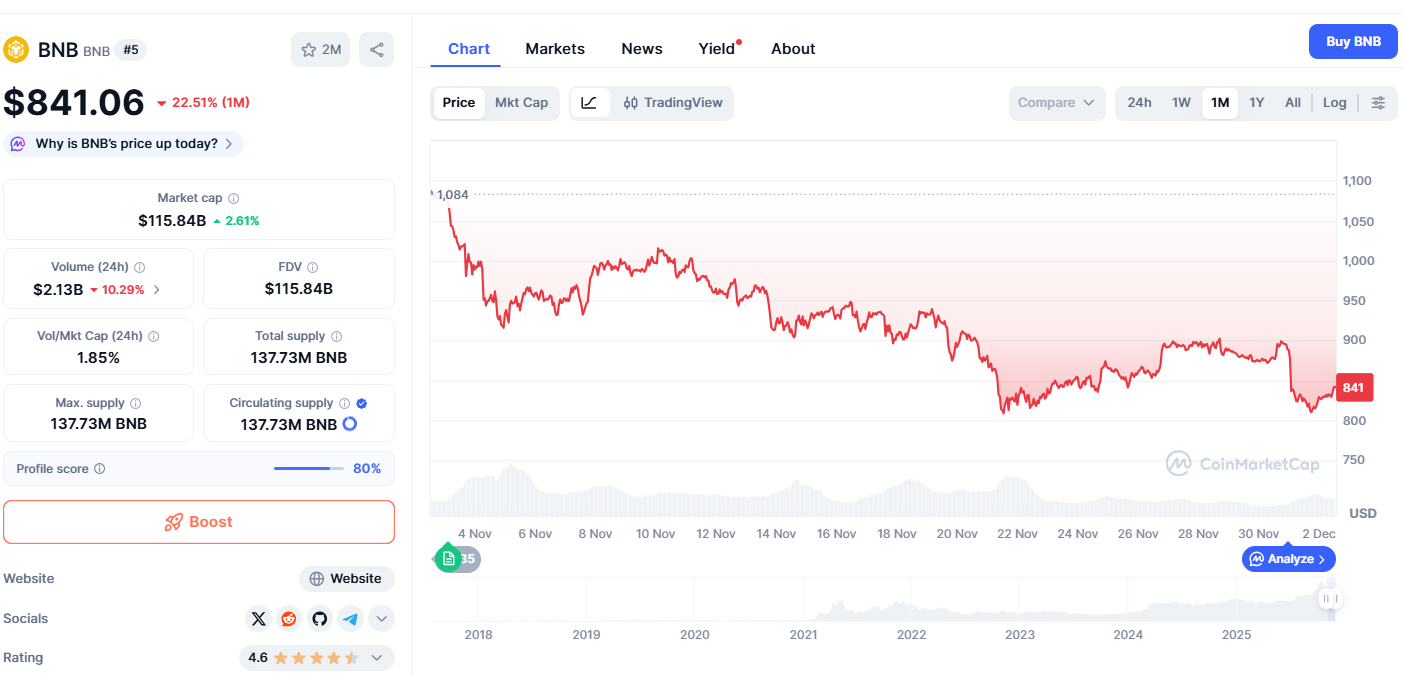

Comments